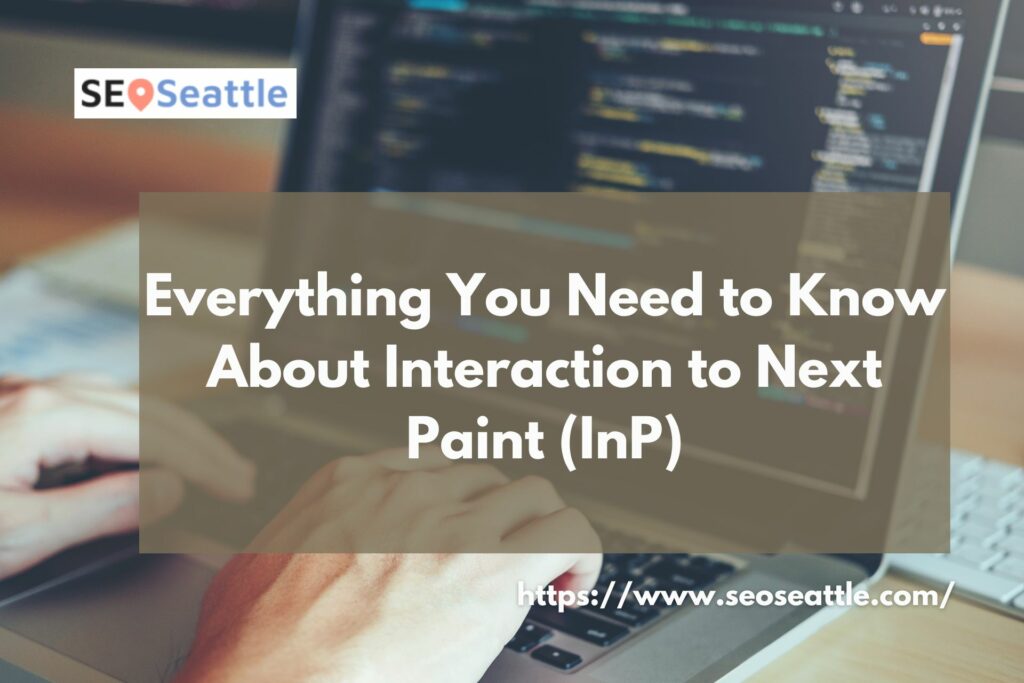Seattle, June 26, 2023 – In the digital world, website speed, and performance play a vital role in user experience. Users expect fast-loading websites that are responsive and interactive. One of the key metrics used to measure website performance is the First Contentful Paint (FCP). FCP marks the point at which any content is rendered on the screen. However, users often encounter a brief delay between FCP and when the website becomes fully interactive. This delay is known as Interaction to Next Paint (InP). In this article, we will explore InP, its significance, and ways to optimize it for a better user experience.
Understanding Interaction to Next Paint (InP)
Interaction to Next Paint (InP) refers to the time it takes for a webpage to become interactive after the First Contentful Paint (FCP). It represents the delay users experience before they can actively engage with the website. InP is influenced by various factors, such as JavaScript execution, CSS loading, and other resources required for interactivity.
Importance of Optimizing Interaction to Next Paint (InP)
Optimizing InP is crucial for enhancing user experience and achieving better website performance. Slow interaction times can frustrate users and lead to higher bounce rates. By reducing the delay and making your website more interactive, you can engage users and encourage them to explore further. Additionally, search engines like Google consider user experience as a ranking factor, making InP optimization important for SEO.
Techniques to Optimize Interaction to Next Paint (InP)
1. Minimize Render-Blocking Resources
Render-blocking resources, such as JavaScript and CSS, can significantly impact InP. To optimize InP, it is essential to identify and minimize these resources. Use tools like Google PageSpeed Insights to identify render-blocking resources and consider deferring their loading to improve interactivity.
2. Prioritize Critical JavaScript
By prioritizing critical JavaScript, you can ensure that the essential scripts required for interactivity are loaded and executed promptly. Identify the critical scripts and load them asynchronously or inline them within the HTML to reduce delays.
3. Optimize CSS Delivery
Efficient CSS delivery is crucial for minimizing InP. Avoid large and complex CSS files that can delay interactivity. Instead, consider using techniques like minification, combining CSS files, and utilizing browser caching to improve CSS delivery speed.
4. Leverage Browser Caching
Enabling browser caching allows the browser to store static resources locally, reducing the need for repeated downloads. This can significantly improve InP by minimizing network requests and speeding up the overall loading time.
5. Implement Code Splitting
Code splitting involves breaking down large JavaScript files into smaller chunks and loading them only when required. This technique reduces the initial loading time and improves InP by loading interactive elements faster.
Optimizing Interaction to Next Paint (InP) is vital for enhancing user experience and improving website performance. By minimizing the delay between First Contentful Paint (FCP) and interactivity, you can engage users and reduce bounce rates. Prioritize techniques like minimizing render-blocking resources, optimizing CSS delivery, leveraging browser caching, and implementing code splitting to optimize InP and create a seamless user experience.
